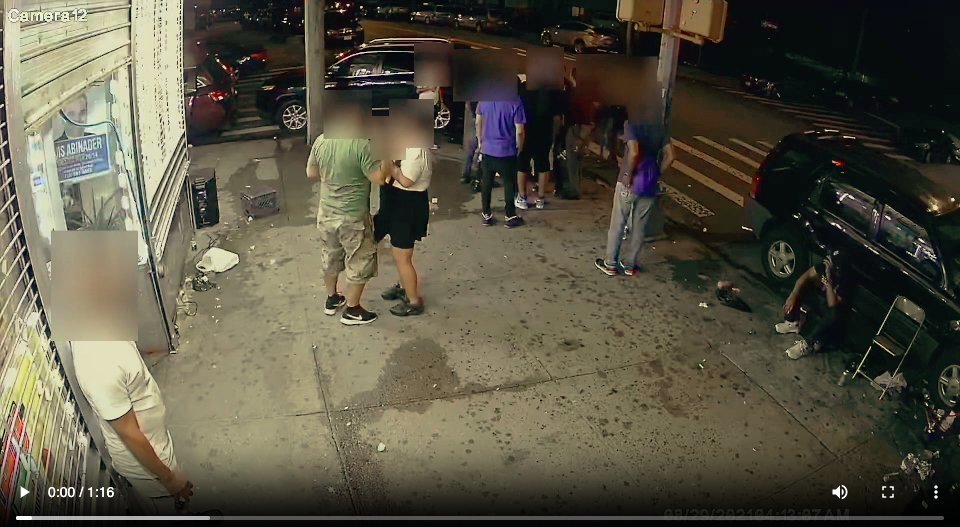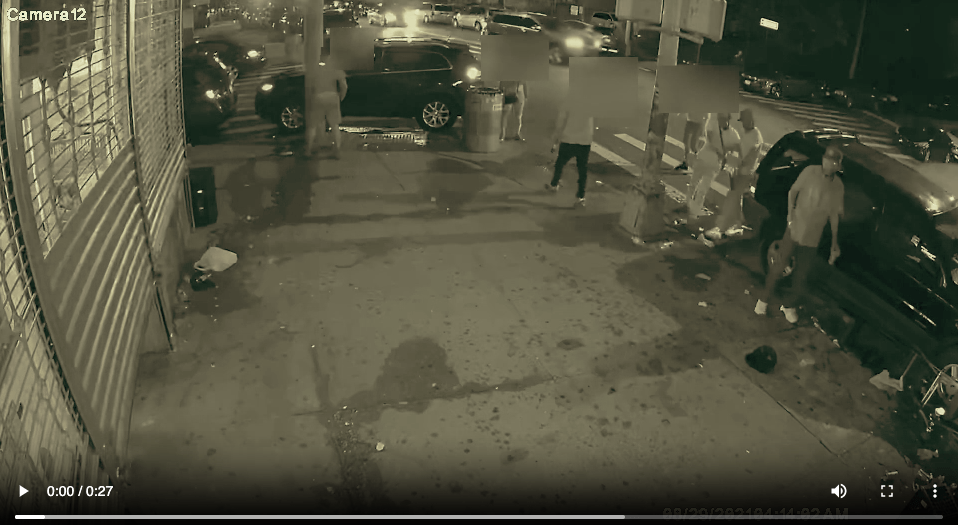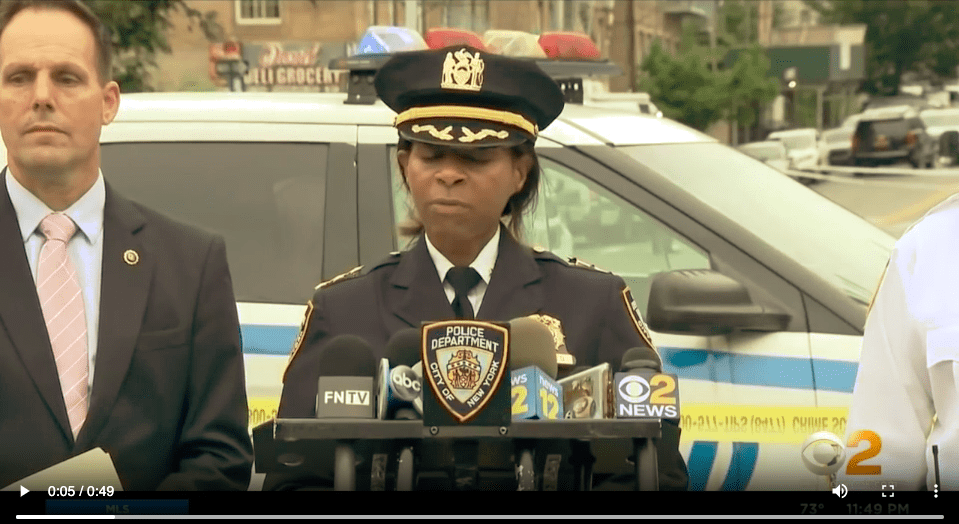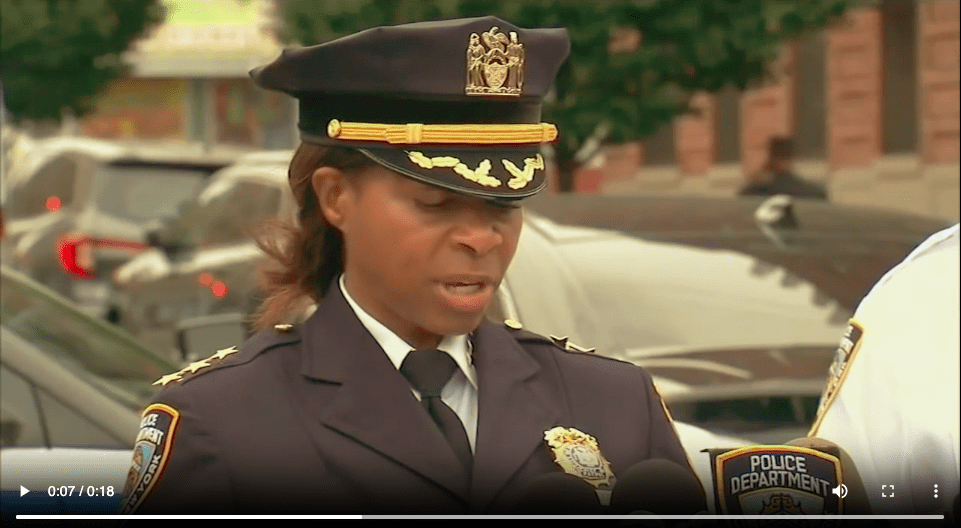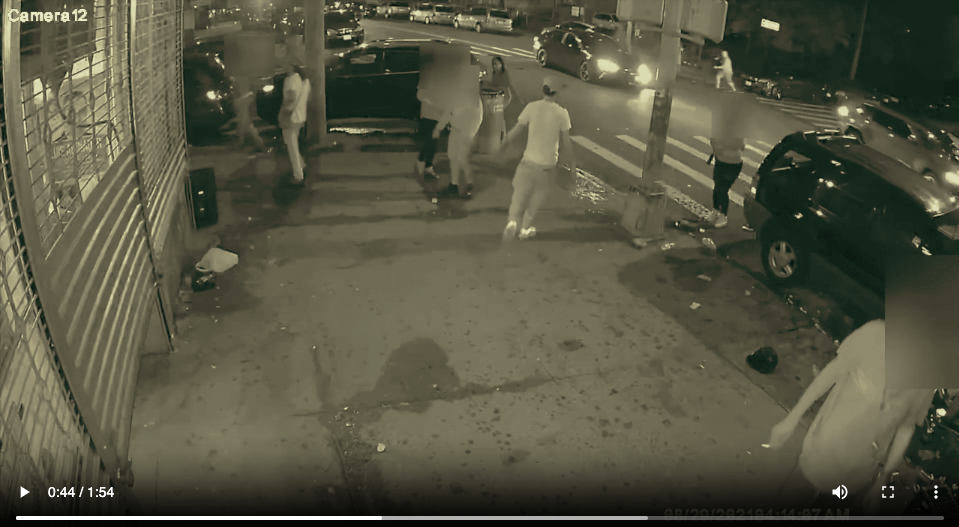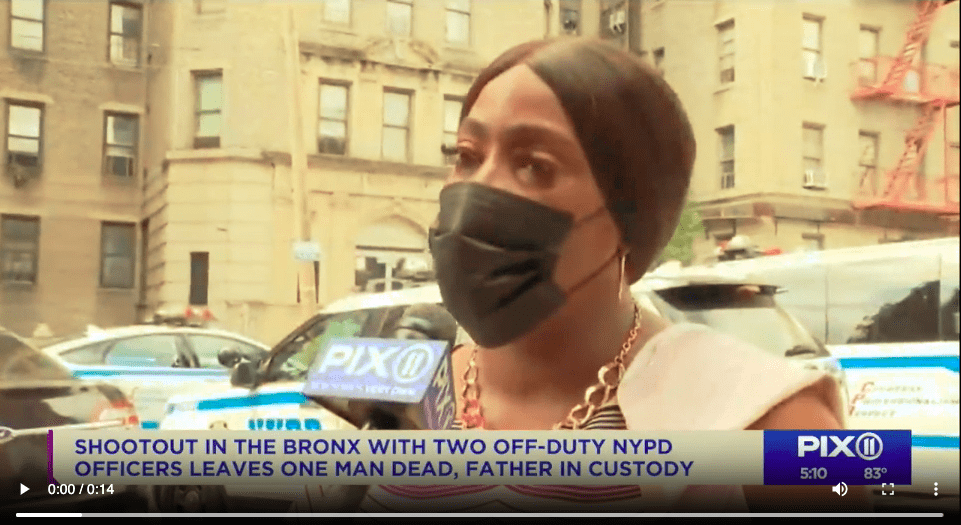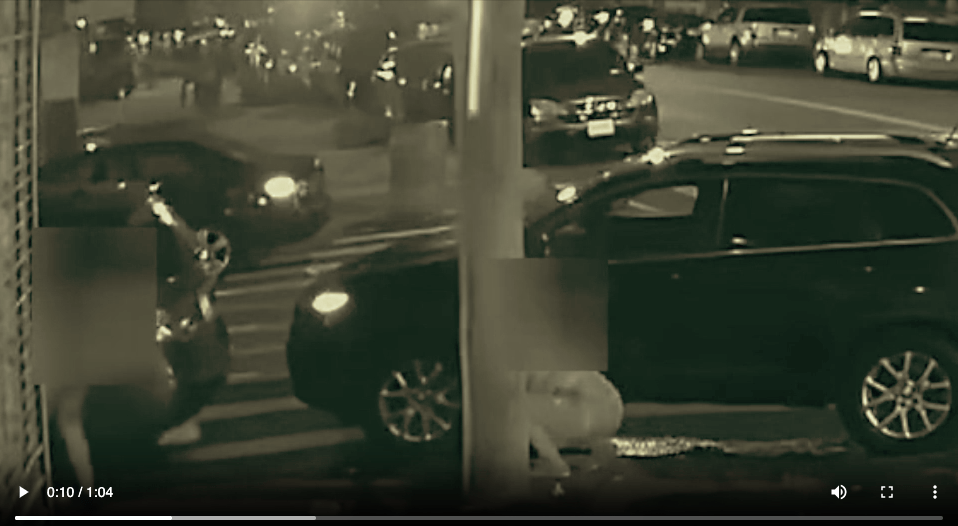TWO WRONGS DON'T MAKE A RIGHT
In this article, we analyze the Rosado incident, in which a young man was shot and left to bleed out by an off-duty police officer. Video evidence contradicted the initial report that the young man had pointed a gun at the police officer and opened fire. While public attention is understandably focused on street crime, the NYPD’s unprofessionalism and corruption are often overlooked. We think the Rosado case is an excellent illustration of the need to hold our sworn law enforcers to at least the same ethical standards as the rest of society, if not higher.
This is merely to document and bring to light instances of police misconduct concealed by anti-social behavior.
Section 1: Cognitive Defense and Self-Defense
In this section, we delve into the cognitive defense strategy employed in Rafael Rosado’s case, examining the psychological factors that influenced his actions during the incident. We explore how his perception of a threat and immediate response align with the principles of self-defense, shedding light on the cognitive processes involved in distinguishing between an opponent and an off-duty police officer who shot his son.
Based on the video surveillance, it appears that Mikey Rosado fired shots into the air, after exiting the parked car, and shortly after Rafael Rosado and an unidentified individual had a physical altercation, after which the unidentified individual(s) left the scene. Rafael then seemingly took the gun from Mikey and walked to the middle of the street. Realizing that the other parties had already departed, Mikey retrieved the gun and moved to the other side of the intersection, passing between two parked cars. Suddenly, an unknown individual approached from the opposite side of the location where the primary events were unfolding and shot at Mikey. On a video with audio found later in this article, Rafael urgently called for Mikey to hand him the gun, but it was too late as Mikey had already dropped it and sought cover. In response, Rafael picked up the gun and fired at the unknown assailant.
It is crucial to emphasize that evidence suggest Mikey did not point the gun at anyone. The unexpected attack by an unknown individual approaching Rafael and Mikey from behind and from the opposite side of where the incident was unfolding adds further context to the events and underscores the element of surprise and vulnerability that Rafael and Mikey faced, escalating the situation.
The case of Rafael Rosado and his son, Mikey, presents an opportunity to explore the interplay between cognitive defense and self-defense. By examining psychological studies on cognitive behavior when approached from behind and referencing cases where mistaken identity led to the acquittal of police officers, we can construct a compelling argument to support Rafael’s claim of self-defense. This argument recognizes the influence of cognitive processes in high-stress situations and seeks to elucidate the complexities surrounding self-defense claims in cases involving mistaken identity.
Part 1: Mistaken Identity Defense in Police Cases
Several cases in the United States have resulted in law enforcement being found innocent due to mistaken identity. Noteworthy examples include:
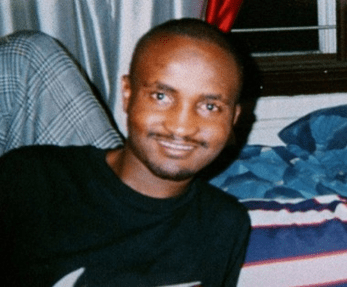
Amadou Diallo: In 1999, four armed NYPD officers shot and killed 23-year-old Amadou Diallo, mistakenly believing he matched the description of a rape suspect. Diallo was innocent and unarmed. The officers faced charges of second-degree murder but were acquitted.
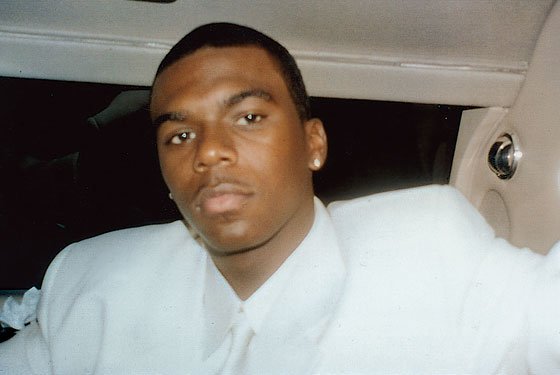
Sean Bell: On the morning before his wedding day in 2006, New York City police officers shot and killed Sean Bell, mistakenly perceiving that he and his friends were armed. The officers fired a total of 50 shots, but they were found not guilty of manslaughter, assault, or reckless endangerment.
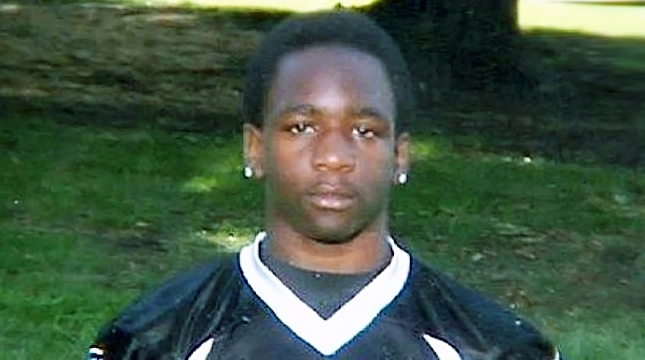
Kendrec McDade: In Pasadena, California, in 2012, police officers shot and killed Kendrec McDade, an unarmed teenager who was mistaken for an armed robbery suspect. The officers claimed they believed McDade had a gun, but no weapon was found. The officers were not charged with any crimes.
These cases serve as legal precedents, acknowledging the potential for mistaken identity to lead to tragic outcomes and subsequent acquittals.
Part 2: Cognitive Defense and Immediate Threat Perception
Individuals with alcohol dependence may display an exaggerated startle response to stimuli that would not typically elicit such a reaction in non-alcohol-dependent individuals. This heightened startle response can be understood within the context of psychological studies that have demonstrated how individuals exhibit heightened fear and instinctual responses when approached from behind, especially in potentially threatening situations. In Rafael Rosado’s case, his witnessing Mikey firing shots while himself coming from a scuffle triggered cognitive defense mechanisms. As Mikey retrieved the gun and the unidentified assailant approached, Rafael likely perceived an immediate threat based on his son’s recent aggressive behavior. This perception can be seen as activating a natural self-defense response rooted in primal instincts, but also, especially if Rafael was intoxicated. Video indicates that at some point before the incident, Rafael had a drink in his hand, but it is unclear if it was an alcohol beverage.
Part 3: Mistaken Identity and Reasonable Perception
Drawing upon the aforementioned cases and the concept of mistaken identity, it is plausible to argue that Rafael, in the heat of the moment, may have mistakenly perceived the unknown assailant as an immediate threat to himself and his son’s safety. The suddenness of the attack, combined with the chaotic nature of the situation, could have contributed to this mistaken perception. These factors align with legal precedents that recognize mistaken identity as a legitimate defense, supporting Rafael’s actions in response to the unknown assailant.
Part 4: Self-Defense and Reasonableness
In considering the circumstances and reasonableness of Rafael’s response, it becomes evident that he genuinely believed himself and his son to be in immediate danger. His decision to grab the gun and fire at the unidentified assailant can be viewed as an instinctive act of self-defense, driven by the perceived threat at that moment. The chaotic and high-stress nature of the situation further supports the reasonableness of his response.
Conclusion
By intertwining psychological studies on cognitive defense when approached from behind with legal precedents involving mistaken identity, a strong argument emerges in support of Rafael Rosado’s claim of self-defense. The influence of cognitive processes and the complexities surrounding self-defense claims in cases of mistaken identity are highlighted. This analysis underscores the importance of understanding individuals’ cognitive behavior and reactions in high-stress situations, shedding light on the intricate nature of self-defense claims.
Section 2: Ensuring Accountability and High Standards
Building upon the cognitive defense argument, this section explores the crucial theme of accountability within the criminal justice system, highlighting the importance of holding both criminals and law enforcement agencies to high standards of behavior. In this section, we not only examine the importance of accountability and high standards within the criminal justice system but also argue for the need to ensure consistent and equitable standards in these cases.
Part 1: Bronx District Attorney False Statement
We turn to the Bronx District Attorney’s Office (BXDA) statement regarding Rafael Rosado’s case to serve as an example of this viewpoint. Initially, the police claimed that Rafael fired at them, resulting in the tragic death of his son, Michael (Mikey). However, the subsequent investigation revealed that Mikey was shot first, prompting Rafael to fire at an unknown individual who was later identified as an off-duty police officer. This discrepancy between the initial police account and the actual sequence of events underscores the need to critically examine the credibility and accuracy of law enforcement reports.
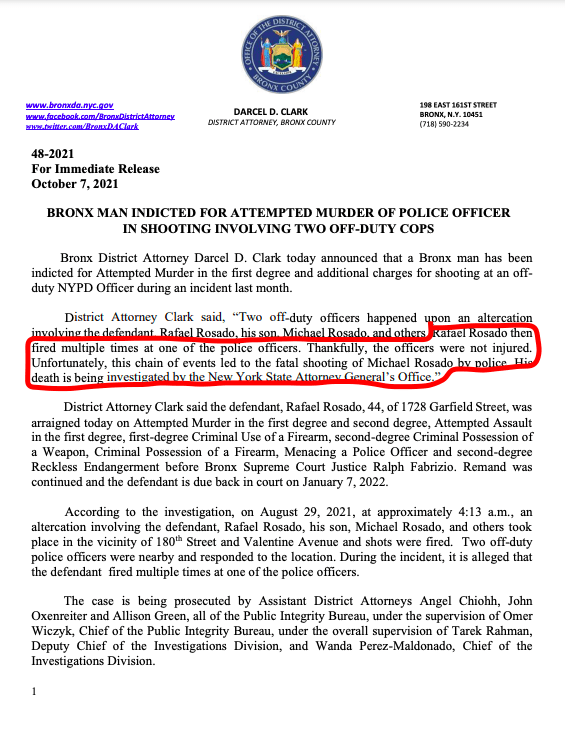
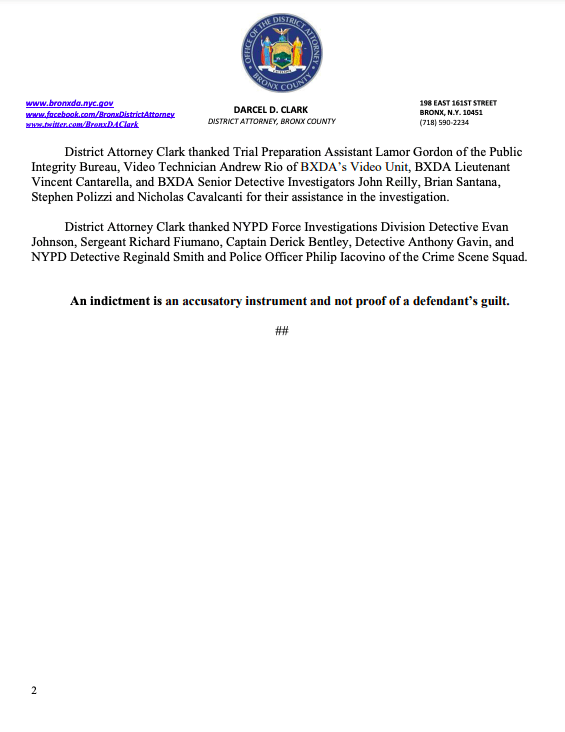
Part 2: Then-Chief Juanita Holmes' False Statement
In then-Chief Juanita Holmes’ statement, it was asserted that “immediately after the shooting, the officers began rendering aid.” This information holds significance as it demonstrates a commitment to accountability and high standards in law enforcement practices. The prompt response to provide assistance indicates an understanding of the need to attend to the injured during such incidents, emphasizing the importance of upholding standards that prioritize the preservation of life and the well-being of all parties involved. However, video evidence revealed that even this claim was inaccurate, as the footage shows the involved off-duty officers immediately fleeing the scene after escalating the situation. Furthermore, Juanita Holmes provided false information about who fired the first shot, stating, “The 24-year-old pointed his gun at the officers and fired several times.”
Part 3: Bronx Council Member Vanessa Gibson's False Statement
Furthermore, in an interview with Vanessa Gibson, a council member, she stated that she watched the video footage and observed Mikey “pointing the gun at police officers.” This additional perspective adds complexity to the case and highlights the importance of thoroughly examining all available evidence from multiple viewpoints. It raises questions about the threat perception of the officers involved and underscores the need for a comprehensive investigation to determine the accuracy of the accounts and ensure that appropriate standards of behavior were followed by all parties involved.
The disparities emphasized in the BXDA statement, Chief Juanita Holmes’ televised statement, and council member Vanessa Gibson’s viewpoint highlight the significance of fair and consistent standards of accountability in law enforcement. By recognizing the shared responsibilities and expectations of both criminals and law enforcement personnel, we advocate for a system that fosters integrity, transparency, and justice.
Section 3: Two Wrongs Do Not Make a Right
In the Rafael Rosado case, the actions of the officer(s) raise concerns about potential violations of NYPD regulations and law enforcement norms, including the following identified violations:
Preserve of Life:
The NYPD’s “Preserve of Life” policy states that officers must use only the amount of force that is reasonably necessary to defend themselves or others and prevent escape. In this case, the off-duty officer shot Mikey Rosado, resulting in his death. The shooting may not have been necessary to preserve life, as Mikey was evidently not pointing the gun at anyone and Rafael was shot at while running away.

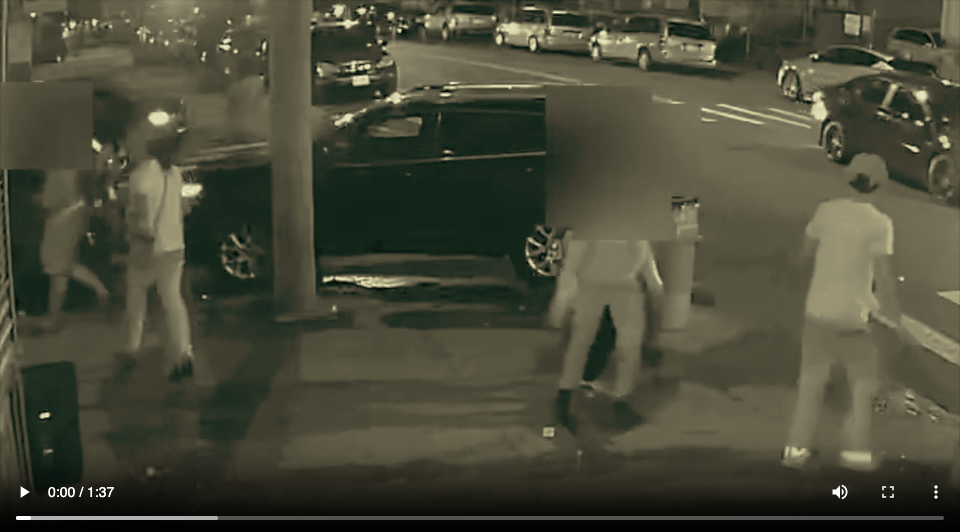
Duty to Protect:
The NYPD’s “Duty to Protect” policy requires officers to take appropriate action to prevent harm to individuals when it is within their power to do so. In this instance, it appears that the off-duty officer(s) failed to act appropriately to protect Mikey Rosado because they shot and killed him. Furthermore, shooting blindly over a vehicle and narrowly missing an innocent bystander demonstrates a failure to fulfill the duty to protect others from harm.
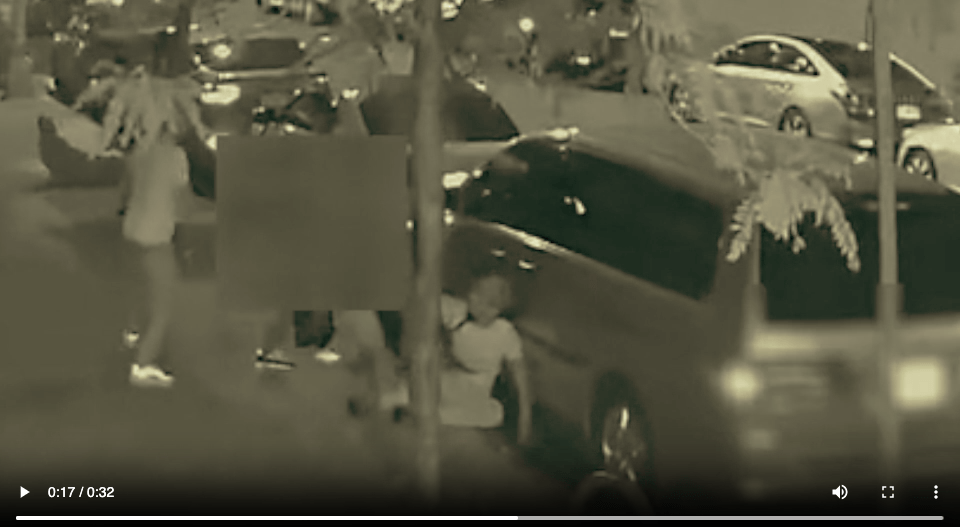
Duty to Aid:
De-escalation and Crisis Intervention:
The NYPD’s “De-escalation and Crisis Intervention” policy requires officers to attempt to defuse tense situations and use non-violent means to resolve conflicts whenever possible. In this case, it appears that the off-duty officer(s) did not attempt to de-escalate the situation and instead immediately resorted to deadly force.
Risk Assessment:
The NYPD’s “Risk Assessment” policy requires officers to assess the potential risks and dangers in a situation and take appropriate action to minimize those risks. In this case, it appears that the off-duty officer(s) did not adequately assess the risks prior to engaging the incident, and while firing a weapon blindly over a vehicle, nearly causing harm to an innocent bystander.
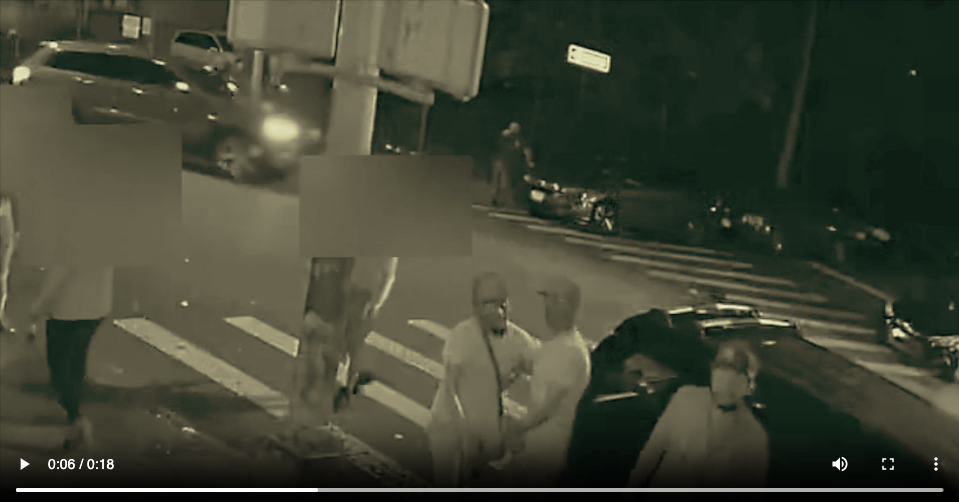
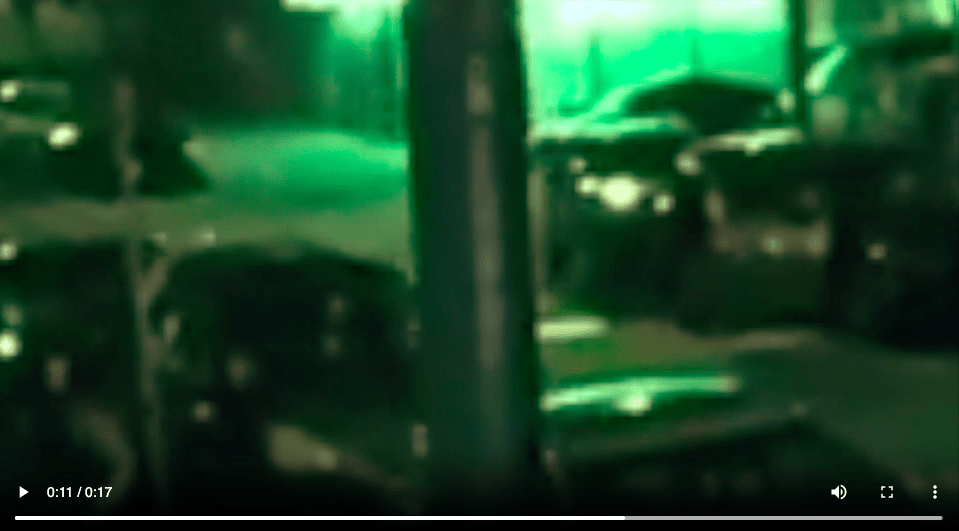
Additionally, the officers’ decision to flee the scene without providing medical assistance or ensuring the safety of the individuals involved raises further concerns and potential violations.
Duty to Aid:
Preserve of Life:
The duty to preserve life policy requires officers to use only the amount of force that is reasonably necessary to defend themselves or others and prevent escape. Fleeing the scene without taking appropriate actions to preserve Mikey’s life, such as providing medical aid or calling for emergency medical services, could be seen as a violation of this policy.
Professional Conduct:
Law enforcement agencies generally have codes of professional conduct that outline expected behaviors and responsibilities. Fleeing the scene without fulfilling their duties to aid and preserve life could be considered unprofessional conduct.
These violations emphasize the significance of accountability and the need for a thorough investigation to ensure that law enforcement personnel adhere to established policies and standards. Internal investigations, disciplinary measures, and legal proceedings must be conducted to uphold justice, fairness, and integrity within the criminal justice system. By holding individuals accountable for their actions and addressing violations, trust can be restored and a more equitable society can be fostered.
Through these examples, we argue that both antisocial behavior that contravenes the law and law enforcement agencies should be held accountable for their actions. Just as criminals must face consequences for their behavior, it is essential to ensure that law enforcement personnel are also responsible for their conduct and the accuracy of their reports. By doing so, we promote a fair and just criminal justice system that maintains integrity, transparency, and equitable treatment for all parties involved.
In summary, this section emphasizes the fundamental principle that two wrongs do not make a right. Holding both criminals and law enforcement agencies accountable and upholding high standards of behavior is crucial for a balanced criminal justice system. Through a commitment to accountability, we can strive for a system that upholds justice and ensures the safety and well-being of all individuals involved.








